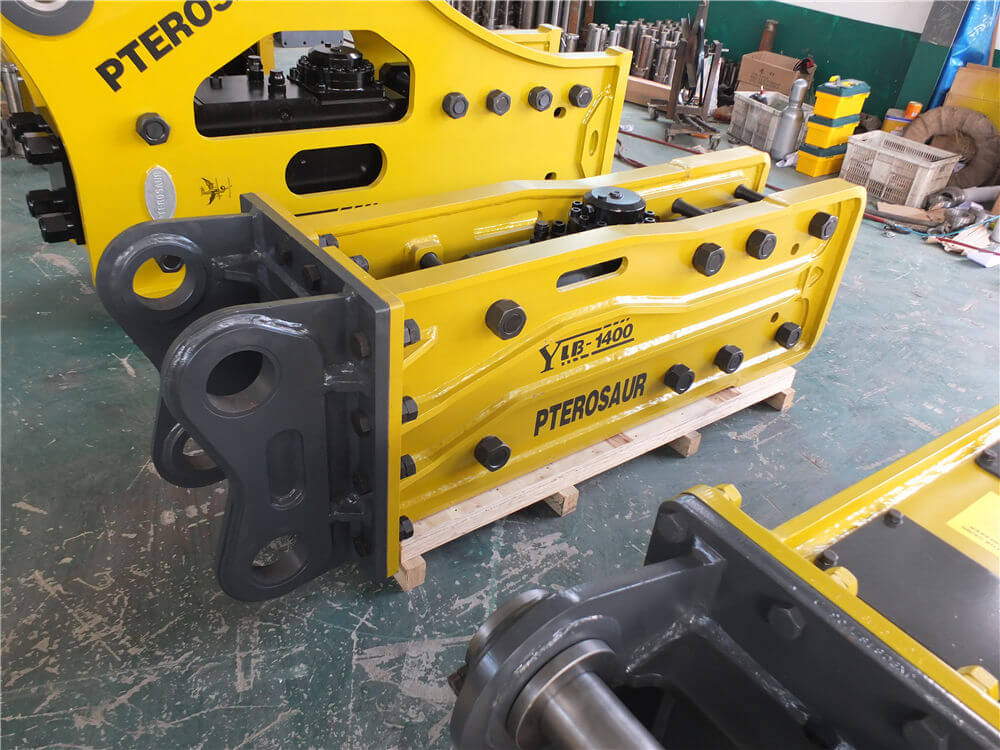The Power of Hydraulic Breakers for Excavators: A Comprehensive Guide
In the world of construction and demolition, efficiency and power are paramount. One of the most effective tools in achieving these goals is the hydraulic breaker, an essential attachment for excavators. This article explores the various aspects of hydraulic breakers, including their installation, usage, and the advantages they bring to heavy-duty operations.
What is a Hydraulic Breaker?
A hydraulic breaker, sometimes referred to as a jack hammer or hydraulic hammer, is a powerful tool designed to break rock, concrete, and other hard materials. It operates by using high-pressure hydraulic fluid, which is pumped through hoses to drive the hammer mechanism. This results in a series of powerful strikes that can efficiently demolish obstacles and expedite excavation tasks.
Benefits of Using Hydraulic Breakers
-
Enhanced Demolition Power: Hydraulic breakers maximize the demolition capabilities of excavators, allowing operators to tackle tough materials with ease. For example, TMG Industrial USA offers hydraulic breakers that are engineered for heavy-duty performance, making them ideal for challenging projects.
-
Versatility: Hydraulic breakers can be used in various applications, including construction, mining, and roadwork. The Hitachi EX210, for instance, showcases enhanced versatility, enabling operators to switch easily between tasks without needing to change equipment.
-
Cost-Effectiveness: Investing in a hydraulic breaker can lead to significant time and cost savings. By reducing the time needed for demolition and excavation, projects can be completed faster, leading to lower labor costs and increased productivity.
-
Durability and Reliability: Many manufacturers, such as DEVELON and NPKCE, emphasize the durability of their hydraulic breakers. These tools are designed to withstand the harsh conditions of construction sites, ensuring longevity and consistent performance.
Installing a Hydraulic Breaker on an Excavator
Step-by-Step Guide
-
Preparation: Before installation, ensure that the excavator is compatible with the hydraulic breaker. Check the specifications and requirements to confirm compatibility.
-
Mounting the Breaker: Securely attach the hydraulic breaker to the excavator’s arm. Follow the manufacturer’s guidelines for proper mounting procedures to ensure safety and optimal performance.
-
Connecting Hydraulic Lines: Connect the hydraulic hoses from the excavator to the breaker. Proper connection is crucial for effective operation, as hydraulic fluid powers the breaker.
-
Testing: Once installed, conduct a test run to ensure that the breaker is functioning correctly. Check for any leaks or unusual noises that may indicate issues with the installation.
Tips for Efficient Use of Hydraulic Breakers
To maximize the effectiveness of your hydraulic breaker, consider the following tips:
-
Maintain Proper Hydraulic Flow: Ensure that your excavator’s hydraulic system provides adequate flow and pressure to the breaker. This is essential for optimal performance.
-
Choose the Right Tools: Select the appropriate breaker size and type for the job at hand. Not all projects require the same equipment, and using the right tool can enhance efficiency.
-
Follow Safety Protocols: Always adhere to safety guidelines when operating hydraulic breakers. This includes wearing appropriate protective gear and ensuring that the work area is secure.
Conclusion
Hydraulic breakers are invaluable tools for any excavation and demolition project. Their ability to provide powerful, efficient, and versatile performance makes them essential attachments for excavators. By understanding how to properly install and operate these tools, as well as maintaining them, operators can significantly enhance their productivity and efficiency on the job site. Whether you’re involved in construction, mining, or roadwork, investing in a hydraulic breaker will undoubtedly pay off in the long run.



































